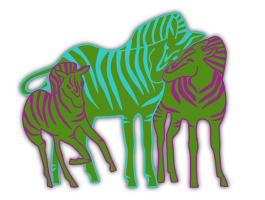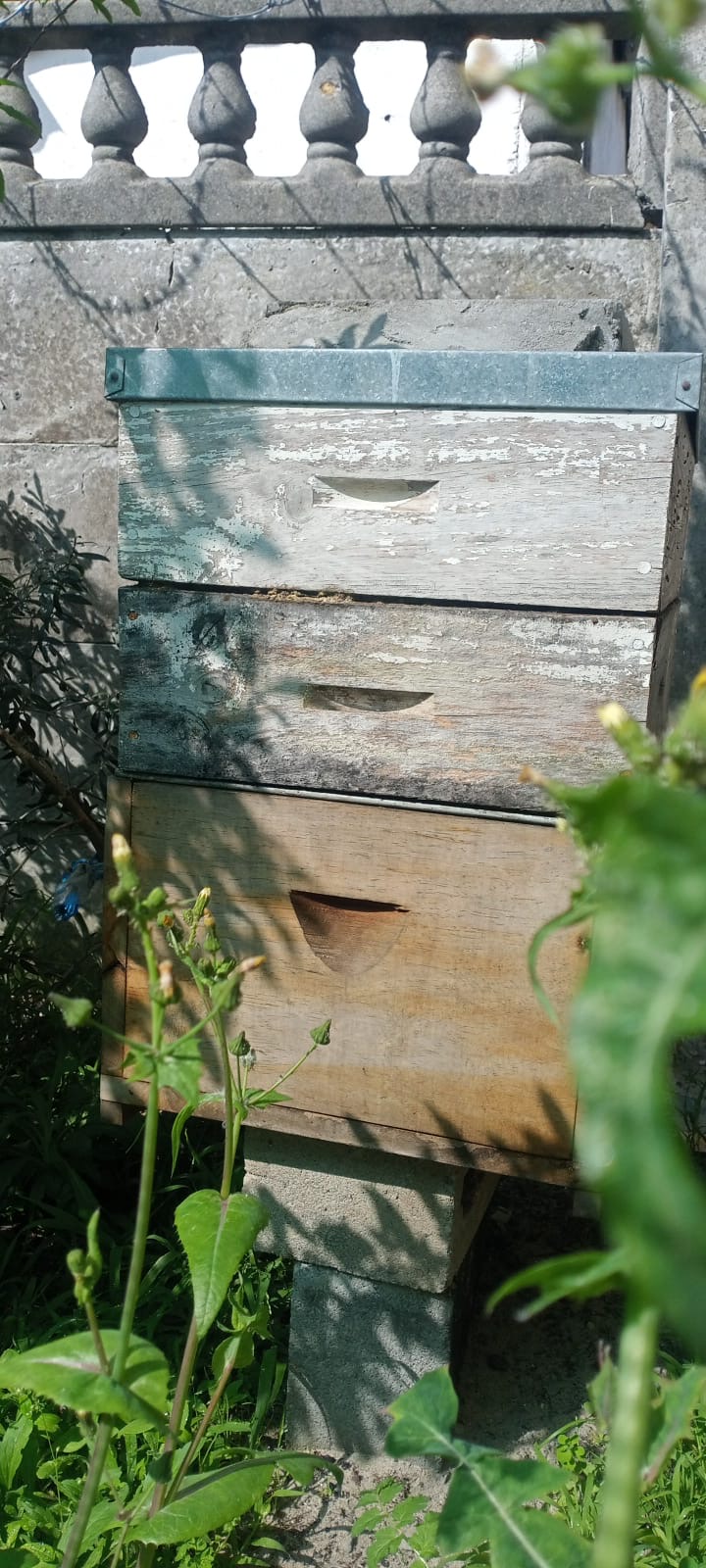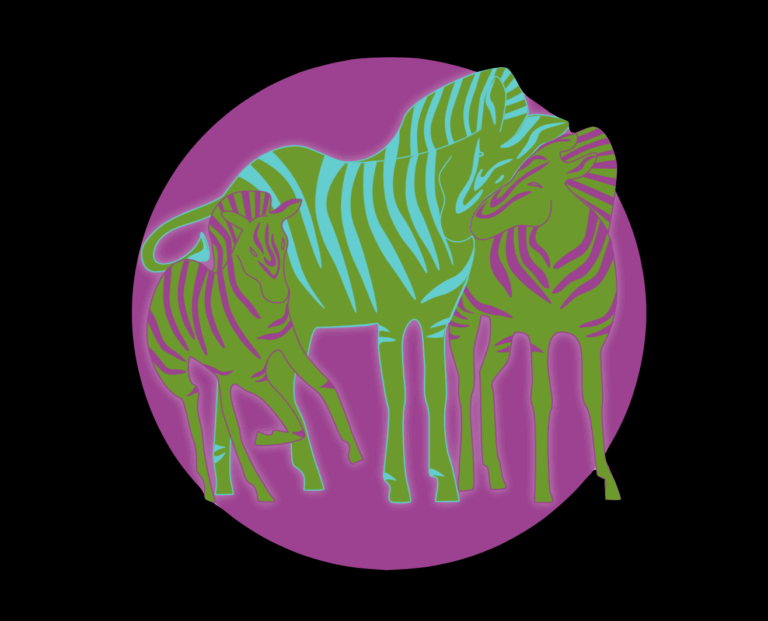A single, powerful image captures a universe of activity: three simple wooden boxes stacked in a backyard garden in Gugulethu. This unassuming apiary is a university of natural power, a classroom buzzing with lessons in resilience and environmental engineering. This is the heart of the BeeZMove project, https://peopleize.world/to/beezmove/ founded by Vuyo Myoli , https://peopleize.world/mb/vuyomyoli/ and it serves as a perfect lens to understand the raw, awe inspiring power of the bee.
The Architects of Abundance: More Than Just Honey
While the golden honey harvested from a hive is a miraculous gift a natural, sustainable sweetener crafted from the nectar of local flora it is merely a delicious byproduct of the bee’s true power. The bee’s real work is that of a master architect, building the foundation of our food system.
Bees are the world’s primary pollinators. As they move meticulously from flower to flower in search of nectar and pollen, they perform an invisible, essential service: fertilization. It is estimated that nearly 75% of the world’s flowering plants and about 35% of global food crops depend on animal pollinators to reproduce. The fruit trees in a garden, the vegetables in a plot, the wildflowers that colour the landscape all owe their existence to the busy, pollen dusted legs of the bee. A hive is an active, powerful engine of local food security, ensuring that the entire ecosystem around it grows more fertile, resilient, and abundant.
The Ultimate Environmental Regulators
The power of bees extends far beyond the garden fence. They are critical barometers for environmental health and active agents in combating biodiversity loss. Bees thrive only in a healthy, chemical-free environment rich in diverse flowering plants. Their presence in any setting is a powerful sign of ecological hope.
By simply doing what they are born to do, bees promote the growth of a wide variety of plants. This plant diversity strengthens soil health, prevents erosion, provides food and habitat for countless other species, and cleans the air. A single hive’s foraging radius creates a circle of life and regeneration. They are tiny, winged guardians of the environment, working tirelessly and without fanfare to heal and sustain the world around them.
The Golden Bounty: Products from the Hive
The hive’s yield offers a remarkable range of possibilities, each product a testament to the bee’s ingenuity. Of course, there is honey itself, which can be enjoyed raw, infused, or creamed. But the bounty continues. Beeswax, secreted by worker bees to build the honeycomb, can be cleaned and transformed into luminous candles, natural wood polish, and the base for moisturizing cosmetics like lip balms and lotions.
Propolis, the resin-like substance bees use as a sealant and disinfectant in their hive, is renowned for its antimicrobial properties and is used in tinctures, throat sprays, and natural health supplements. Even pollen, collected as a food source for the hive, is harvested by beekeepers as a potent nutritional supplement. This array of products showcases a perfect model of a circular economy, where nothing is wasted and everything the hive produces has value and purpose.
The image from Gugulethu is a potent symbol. It reminds us that immense power doesn’t always roar. Sometimes, it buzzes. It hums quietly in a garden, working in the background to hold our natural world together. Through the work of beekeepers like Vuyo Myoli, we are offered a window into this world a chance to understand and benefit from the incredible, self-sustaining power of the bee.





